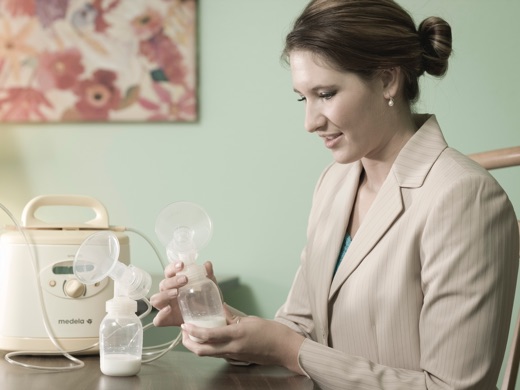- For many new moms, breastfeeding and returning to work can be hard. That’s OK. It’s not about being perfect; it’s about taking things one day at a time. It will get easier. Don’t be afraid to ask for help from your WIC clinic, a lactation consultant, the hospital where you gave birth, and other working moms who have successfully gone back to work and continued to breastfeed.
- Ask friends and family for support. It’s all right, and even necessary, to ask for help. Who can you count on? Talk to them, tell them your plan to breastfeed, and tell them what you’ll need to stick to your plan. Will you need help with dinner or child care? Ask for it.
- Take care of yourself. Sleep as much as you can. Cut down on doing things that are not necessary. Pick a bedtime that gives you enough sleep and stick with it. On weekends, breastfeed often and sleep when your baby sleeps.
- Take time for yourself. Too many moms take care of everyone but themselves. Take time to relax in the tub after you put the baby to bed or unwind with a favorite book or soft music. You don’t have to be perfect to be a good mom. Do what you can and take one day at a time.
Breastfeeding Support 24/7: 855-550-6667




